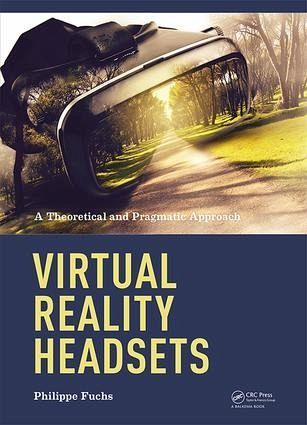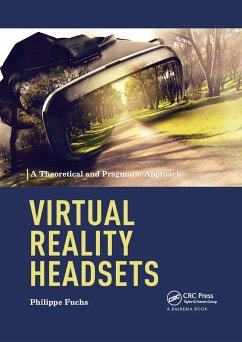
Virtual Reality Headsets - A Theoretical and Pragmatic Approach
Versandkostenfrei!
Versandfertig in 1-2 Wochen
167,99 €
inkl. MwSt.
Weitere Ausgaben:

PAYBACK Punkte
84 °P sammeln!
Virtual reality allows a sensorimotor and cognitive activity for a user in a digitally created artificial world. Recent advances have led to new devices such as VR headsets or Head Mounted Displays. This book, a manual for both designers and users of virtual reality, presents the current state of knowledge on the use of VR headsets in the most complete way possible. If virtual reality experiences ignore fundamental recommendations, they can lead to VR sickness. Two major constraints disturb the user's behavior: latency and sensorimotor discrepancies, which are inherent to VR techniques. The bo...
Virtual reality allows a sensorimotor and cognitive activity for a user in a digitally created artificial world. Recent advances have led to new devices such as VR headsets or Head Mounted Displays. This book, a manual for both designers and users of virtual reality, presents the current state of knowledge on the use of VR headsets in the most complete way possible. If virtual reality experiences ignore fundamental recommendations, they can lead to VR sickness. Two major constraints disturb the user's behavior: latency and sensorimotor discrepancies, which are inherent to VR techniques. The book provides solutions in order to avoid nausea and motion sickness (or VR sickness).














